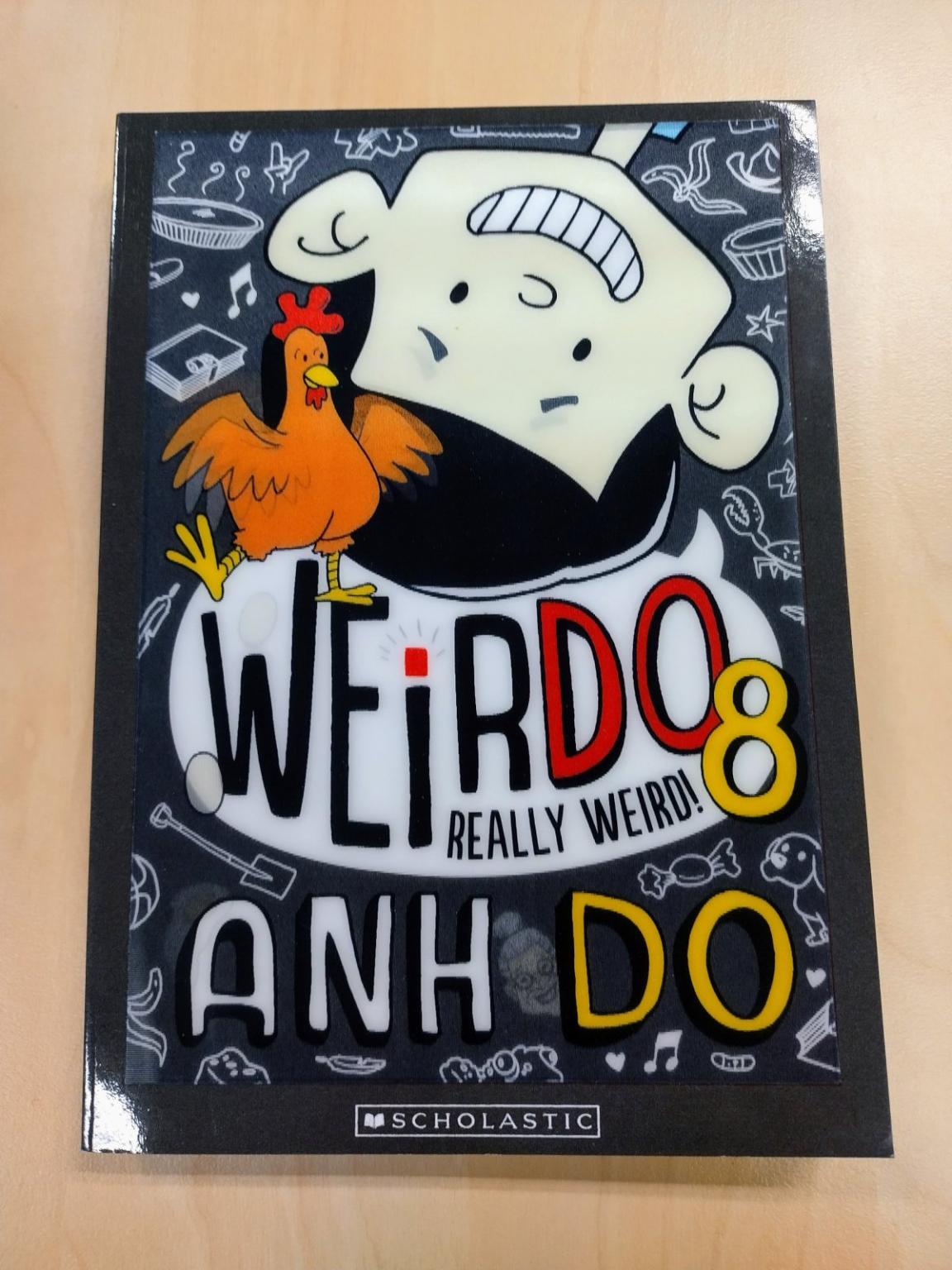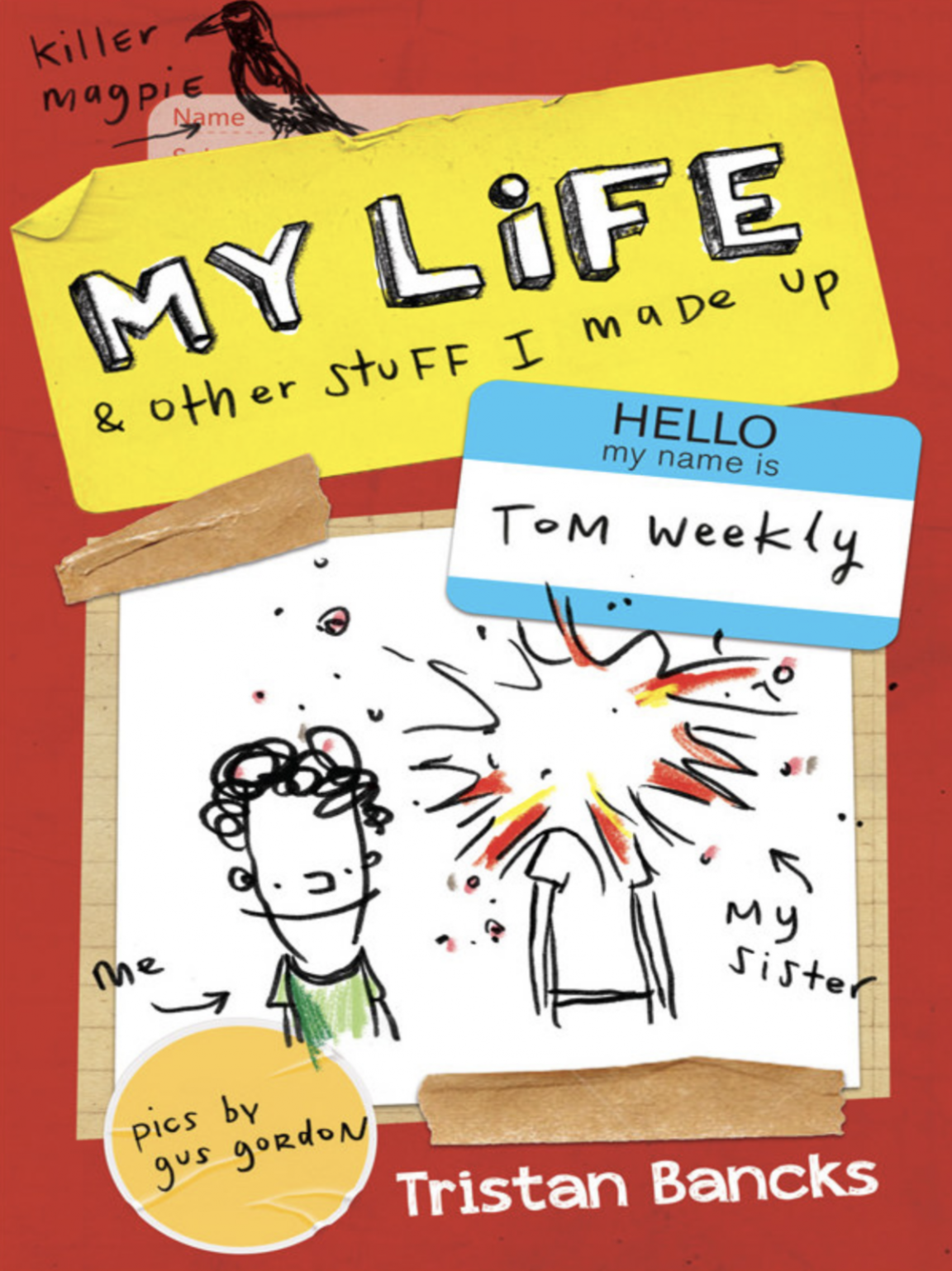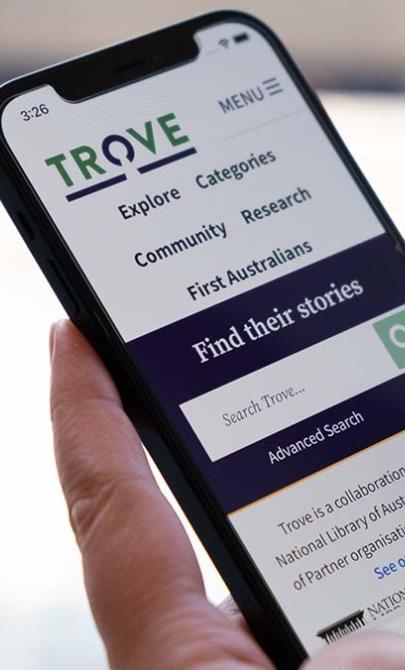Chapter books
About chapter books
Chapter books come in all lengths. Some are short, with only a few chapters. Others are much longer, with hundreds of chapters and pages.
Dividing a story into chapters helps readers follow changes in:
- characters
- time
- location
- point of view
Meet an Australian author: Anh Do
Anh Do is one of Australia’s most popular children’s authors. His first book, The Happiest Refugee, was an autobiography released in 2010. A year later, a version for children called The Little Refugee was published.
In 2013, Anh released WeirDo, the first book in a chapter book series that has grown to include at least 18 titles. Anh has also written many other illustrated chapter books that are enjoyed by children around the world.

Anh Do and Jules Faber, WeirDo, 2017, nla.gov.au/nla.cat-vn7289358
Anh Do and Jules Faber, WeirDo, 2017, nla.gov.au/nla.cat-vn7289358
Chapters become novels
A novel expands on the content and structure of chapter books. It is a longer and more complex type of story. Novels typically:
- has more characters and storylines
- explores deeper themes
- includes few or no illustrations
Because they are longer, novels give authors more space to describe settings, emotions and actions in detail. This helps readers visualise the story and connect with the characters.

Tristan Bancks & Gus Gordon, My Life & Other Stuff I Made Up, 2014, nla.gov.au/nla.obj-349826866
Tristan Bancks & Gus Gordon, My Life & Other Stuff I Made Up, 2014, nla.gov.au/nla.obj-349826866
Learning activities
Activity 1: Build comprehension and storytelling skills
Read a short chapter book as a class. After each chapter, ask students to:
- summarise what happened
- identify where the chapter is set
- name the main character or point of view
- note any changes in time, place or perspective
At the end of the book:
- Collate the chapter summaries
- Discuss how the story developed
- Ask students to retell the full story in their own words — aim for one page
This activity encourages students to think critically about narrative structure, character development and setting.



